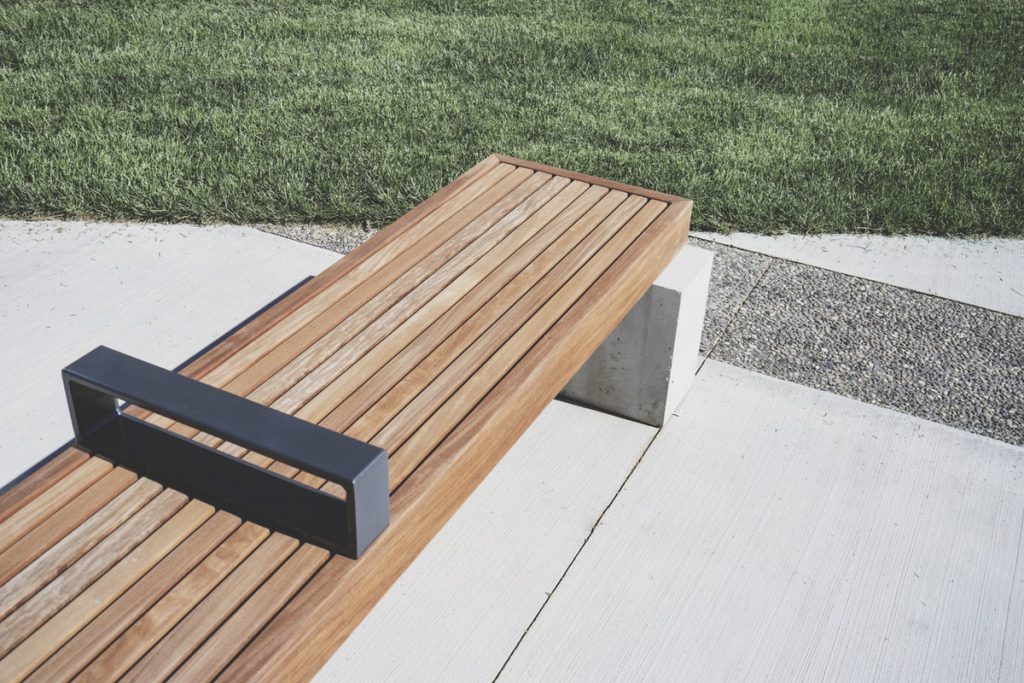 Concrete is a porous material, and despite its strength and durability, this means it’s vulnerable to certain weather conditions. Winter weather – especially snow – can wear down concrete surfaces by seeping into the material. Much like roads and sidewalks, concrete patio floors and driveways can experience destructive freeze/thaw cycles during the winter. As a homeowner, it’s important to understand why the winter poses such a big threat to concrete surfaces and how you can act to protect your concrete during the coldest months of the year.
Concrete is a porous material, and despite its strength and durability, this means it’s vulnerable to certain weather conditions. Winter weather – especially snow – can wear down concrete surfaces by seeping into the material. Much like roads and sidewalks, concrete patio floors and driveways can experience destructive freeze/thaw cycles during the winter. As a homeowner, it’s important to understand why the winter poses such a big threat to concrete surfaces and how you can act to protect your concrete during the coldest months of the year.
Concrete’s porosity gives it the ability to absorb water. When the weather is warm, moisture in the air, such as rain or dew, can evaporate after it’s absorbed by concrete. But as temperatures go below 32 degrees, the moisture in the air freezes and expands after it is absorbed by the concrete. This not only causes cracks to develop on the concrete’s exterior surface, but it places extreme pressure on its internal foundation as well.
Once the concrete is cracked, it’s at a higher risk of damage because water can easily get into the openings and apply pressure as it solidifies and expands. This weakens the overall stability of the concrete surface and creates a potentially hazardous walking surface.
Thankfully, you have ample time to avoid the consequences of damaged concrete surfaces before the winter begins. Consider the following winterization steps to protect your home’s concrete exteriors from deterioration as the temperatures drop.
Check Your Concrete for Signs of Damage
The first step in winterizing your concrete surface is to evaluate its current condition. If the surface is showing signs of damage, such as cracks, unevenness, or spalling, the best solution is to have these issues repaired as soon as possible. Making a point to get the damage repaired now will help prevent it from metastasizing as the temperatures drop.
If your concrete slab has cracks but is still even, you can repair the fissures with a durable sealant. However, concrete surfaces that are uneven or with cracks bigger than a quarter inch might need to be professionally repaired or resurfaced.
Seal All Concrete Surfaces
Sealing is the optimal way to preserve your concrete and doing so before the temperatures start to decrease will help shield it from damage that occurs a when moisture from snow and ice seeps into the concrete’s surface. If your concrete is free of cracks or has just been repaired, you can protect it with an acrylic sealant to keep it safe from moisture during the winter.
If you’re not sure how much difference professional cleaning and sealing might make for your concrete surfaces, why not see an expert demonstration? Professional Surface Restoration offers free estimates with no obligation.
For additional information, visit our concrete cleaning and sealing web page, or contact us to set up an appointment.

